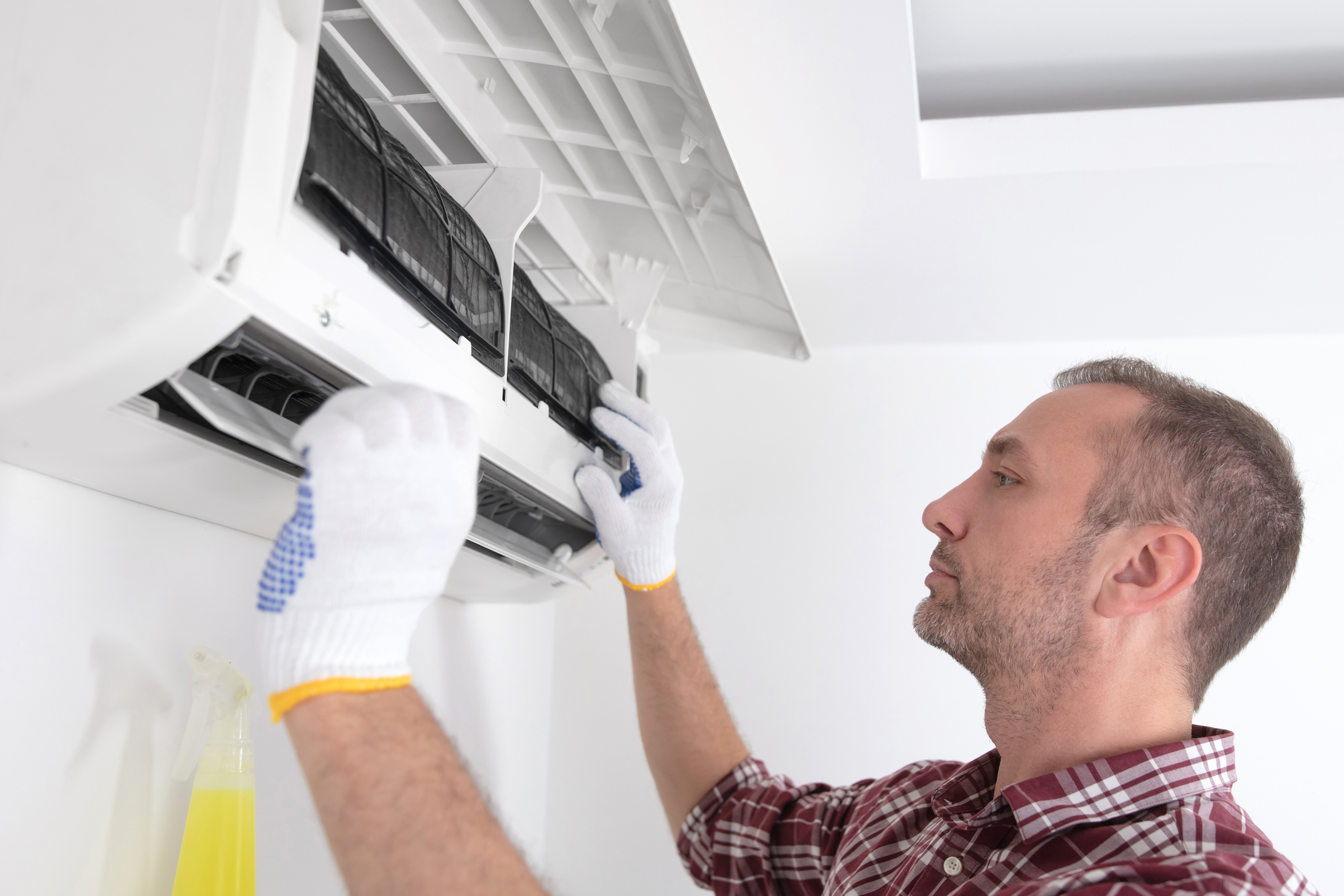Heating, ventilation, and air conditioning, ventilation systems, and air conditioning, commonly known as HVAC, is an essential aspect of modern life that many people don't appreciate. From the cozy atmosphere of a heated home in winter to the cool relief of air conditioning during intense summers, HVAC systems play a crucial role in our quality of life and satisfaction. The history of HVAC is a fascinating journey that illustrates human ingenuity and technological advancements over the decades, transforming the way we manage our indoor environments.
As we delve into the progression of HVAC, we will investigate how these systems emerged, their development through the years, and the improvements that have shaped today's heating and cooling solutions. Whether you are a homeowner looking to upgrade your system or a entrepreneur seeking optimal climate control, comprehending the history and function of HVAC is key to making wise decisions. Come with us as we uncover the milestones in HVAC history and how they relate to the ease and productivity of our home and working spaces.
Comprehending Heating, Ventilation, and Air Conditioning Systems
HVAC, which stands for heating, airflow, and air conditioning, is a essential system in both residential and commercial buildings. Its primary purpose is to deliver convenience by controlling indoor temperatures, managing humidity levels, and ensuring optimal air quality. These systems merge various technologies to facilitate warmth during colder seasons and cooling during hotter months, making them vital for year-round comfort.
The elements of an HVAC system typically include a furnace or boiler for heating, an AC for refreshing, ducting for circulating temperature-controlled air, and airflow systems to bring in fresh air and expel stale air. Progress in HVAC technology have produced better energy efficiency and greater control over warming and cooling settings, often incorporating smart technology that allows property owners and companies to enhance their energy consumption and lower costs.
An optimal HVAC setup not only enhances comfort but also is essential in maintaining indoor air standards. By cleaning and circulating air, these systems reduce irritants and contaminants, which is notably vital for individuals with breathing conditions. Proper understanding and maintenance of HVAC systems can create a healthier living environment and higher performing operation, eventually saving energy and reducing energy bills.
HVAC Care and Efficiency

Regular maintenance of your HVAC unit is crucial for guaranteeing its performance and longevity. A properly cared for system not only operates optimally but can also lead to substantial savings on utility bills. Basic care tasks include replacing air filters frequently, cleaning ventilation systems, and inspecting the thermostat configuration. By keeping these components in good condition, you can prevent unnecessary strain on the equipment, which often results in expensive repairs and wasteful energy use.
In alongside regular upkeep, periodic maintenance is crucial for optimizing your equipment's efficiency. Fall and fall are perfect times to book qualified tune-ups, as these periods typically involve shifting between warm and cooling modes. Technicians can check various elements, such as refrigerant quantity, electrical connections, and motor operations, guaranteeing that your system works smoothly when it is needed the most. Neglecting these periodic check-ups can lead to unexpected breakdowns when temperatures rise or plummet.
Boosting the efficiency of your HVAC system can also be achieved through smart technology and upgrades. Using a programmable thermostat enables better temperature control according to your routine, lowering energy consumption when you are away. Moreover, explore investing in energy-efficient appliances or segmented heating and cooling solutions. Over time, these improvements can greatly enhance system efficiency, reduce your carbon footprint, and lead to significant cost savings on power bills.
Innovations in HVAC Technology
The heating and cooling sector has seen remarkable technological advancements over the years, leading to enhanced effectiveness and better comfort for homeowners. Intelligent thermostats are a major leap forward, allowing users to operate their heating and cooling systems via smartphone apps. These devices understand user choices and modify settings on their own, resulting in reduced electricity usage and reduced monthly expenses. Additionally, connection with smart home technology enables easy control of HVAC together with other intelligent home gadgets, improving overall comfort.
Another breakthrough in HVAC solutions is the development of VRF systems. These systems enable accurate temperature control and effective functioning by adjusting the amount of refrigerant flowing to internal units based on need. This flexibility not only enhances comfort but also considerably lowers energy usage compared to traditional systems. Developments in mini-split technologies have made climate control more accessible for homes without current ductwork, allowing for customized climate control in separate areas.
Geothermal HVAC solutions represent another state-of-the-art solution in HVAC innovations. By harnessing the earth's stable underground temperature, these systems can provide efficient heating in the chilly season and cooling in the warm season, often with significant energy savings. The initial investment may be higher, but the long-term benefits include decreased energy expenses and a lower carbon footprint. As technology continues to evolve, HVAC systems are becoming smarter, even more efficient, and better aligned with sustainable practices, defining the next generation of HVAC solutions.
